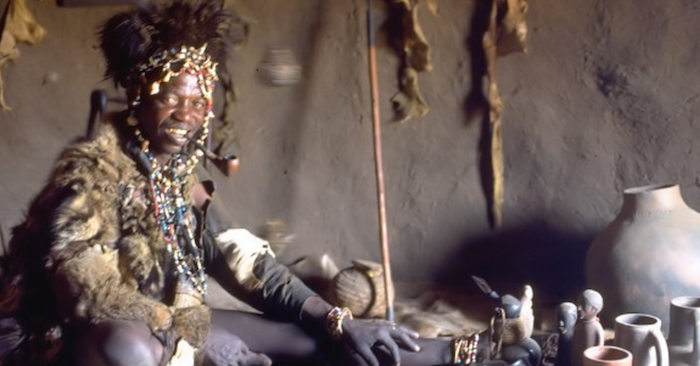4.Kenya
When I first arrived in Nairobi, I saw the signs but didn’t know what they meant. Once I started understanding Swahili, I learned that the profusion of ads, nailed to fences, stuck on poles and printed on A3 paper, were for waganga (witchdoctors) offering assistance mainly in matters of business, money, love and infertility. In just about every suburb of Nairobi, you’ll find at least one ad, hand-painted, on a little plate, nailed high up on a pole. For an average of around 6000 shillings (R600) you can get to see one of these mgangas but it is advisable to avoid those who advertise on paper. They are reputed to be con artists.
Stories of “Nairobi girls” using this kind of witchcraft to secure a man is also legend. This kamutiinvolves the insertion of herbs or crystals into the vagina to keep the man abnormally attracted and emotionally ‘stuck’. The man will also be unable to gain an erection with any other woman. These kinds of stories are discussed very matter-of-factly in Nairobi. It is known to be a part of the girls’ personal arsenal, and is reputed to be a common practice.
Despite its widespread acceptance in Kenyan culture, witchcraft obviously has it detractors too. There have been horrific incidents of ‘witch’ lynchings – in 2009, five elderly men and women were burned alive by villagers in western Kenya who accused them of bewitching a young boy. Last year, The Star newspaper reported that elders in the coastal Kilifi Country were fleeing their homes out of fear of being killed for practising witchcraft.
Stories of “Nairobi girls” using this kind of witchcraft to secure a man is also legend. This kamutiinvolves the insertion of herbs or crystals into the vagina to keep the man abnormally attracted and emotionally ‘stuck’. The man will also be unable to gain an erection with any other woman. These kinds of stories are discussed very matter-of-factly in Nairobi. It is known to be a part of the girls’ personal arsenal, and is reputed to be a common practice.
Despite its widespread acceptance in Kenyan culture, witchcraft obviously has it detractors too. There have been horrific incidents of ‘witch’ lynchings – in 2009, five elderly men and women were burned alive by villagers in western Kenya who accused them of bewitching a young boy. Last year, The Star newspaper reported that elders in the coastal Kilifi Country were fleeing their homes out of fear of being killed for practising witchcraft.




































Discussion about this post